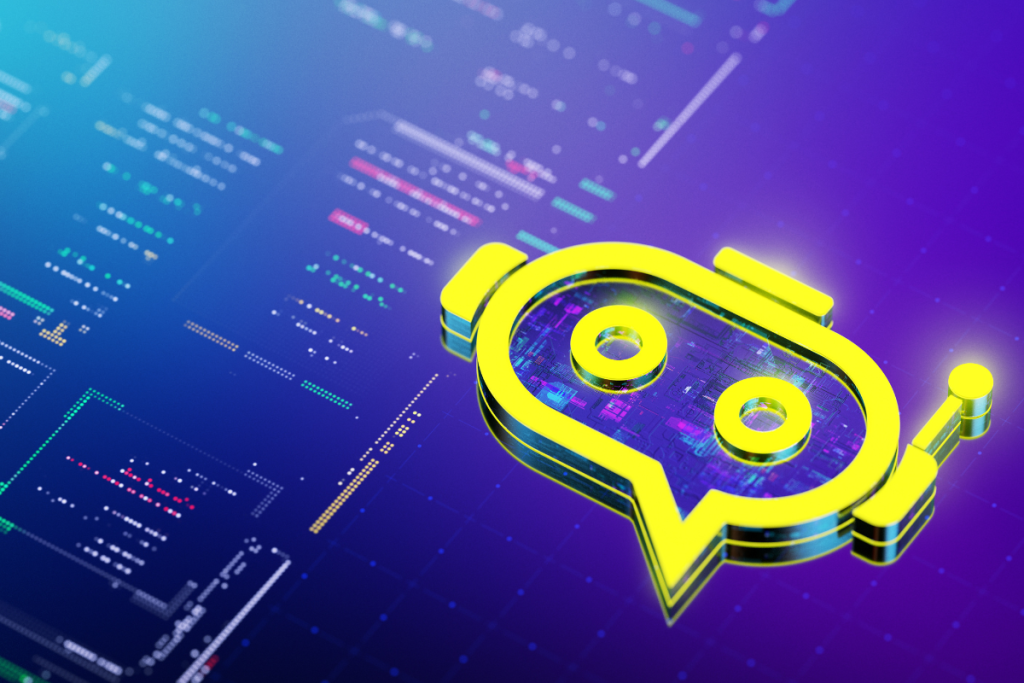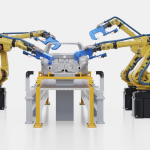Procurement teams have spent years navigating fragmented systems, manual RFQ cycles, and static dashboards. While AI chatbots brought modest productivity gains, answering queries, retrieving contract terms, and summarizing supplier performance, the next wave of intelligence is going further. Copilots, now embedded directly into sourcing platforms, aren’t just responding to inputs, they’re taking initiative. From suggesting suppliers based on pattern recognition to pre-flagging contractual risk, procurement copilots are becoming autonomous engines for decision acceleration.
From Answer Engine to Autonomous Navigator
Traditional AI assistants functioned as reactive tools, waiting on prompts, bound by narrow query logic, and siloed from upstream context. Procurement copilots, by contrast, ingest broader datasets: supplier history, ESG scores, price volatility, FX exposure, and event risk. They don’t just fetch answers, they surface actions.
For example, a sourcing manager initiating an RFQ for molded plastics might be prompted by the copilot with alternative suppliers who have outperformed on lead times in similar regions, or flagged for consistently exceeding emissions thresholds. If a proposed award structure contradicts company payment terms or volume break thresholds, copilots can intercept before submission. And when a shipment disruption or geopolitical event hits, copilots are increasingly able to recommend fallback suppliers or simulate cost impact in real time.
SAP’s Business AI capabilities are already demonstrating this shift. Its procurement copilot proactively identifies savings opportunities by scanning historical spend, supplier performance benchmarks, and contract metadata, without waiting for user prompts. It recommends suppliers, flags risk patterns, and initiates sourcing events tied to real-time market changes. The system learns continuously, enabling more precise demand forecasting, risk triage, and dynamic allocation strategies.
This marks a meaningful evolution in procurement’s decision loop. While human oversight remains essential, copilots are pulling the decision point closer to the event, often identifying opportunities or exposures before the buyer even knows to ask. In a margin-tight, risk-sensitive landscape, that shift is less about automation and more about strategic elevation.
Redefining Roles in the Sourcing Lifecycle
While early AI tools were largely administrative, copilots are now reshaping sourcing workflows at every stage:
Pre-RFQ Planning: Copilots review historical spend, past supplier performance, and macroeconomic variables to suggest optimal sourcing strategy, centralized vs. regional, single vs. multi-source, auction vs. negotiation.
Live RFQ Execution: They auto-generate draft RFQs based on category specifics, flag compliance issues, and recommend pricing benchmarks, often surfacing non-obvious alternatives from across the supplier network.
Award Simulation: Copilots run multi-factor simulations, total cost, CO₂ intensity, tariff exposure, or supplier delivery reliability, to test award logic under stress.
Contracting and Risk Monitoring: Language suggestions and fallback clauses are increasingly automated, especially for standard terms. More advanced copilots even parse contract libraries to flag outdated clauses or risk-prone language.
Post-Award Optimization: Once deals are signed, copilots can alert teams when actuals deviate from expected performance, be it cost inflation, late deliveries, or ESG non-conformance.
For high-volume procurement teams, this creates leverage. The same number of category managers can now manage more complex categories, conduct more granular due diligence, and adapt faster to shocks, all without adding headcount.
From Assistant to Accountability Layer
The rise of procurement copilots is not just a technology story, it’s an accountability shift. As these tools take on judgment-intensive tasks, CPOs must think carefully about thresholds, overrides, and governance. Which categories warrant full automation? When should a copilot recommend, and when should it decide? What constitutes explainable AI in a regulatory audit?
Leading companies are starting to embed “human-in-the-loop” protocols, setting clear boundaries between recommendation, escalation, and delegation. In some organizations, copilots are now required to justify their award logic in a traceable format, ready for audit by compliance or finance. Others are experimenting with feedback loops, where buyer overrides are used to retrain the model, closing the gap between experience and automation.





